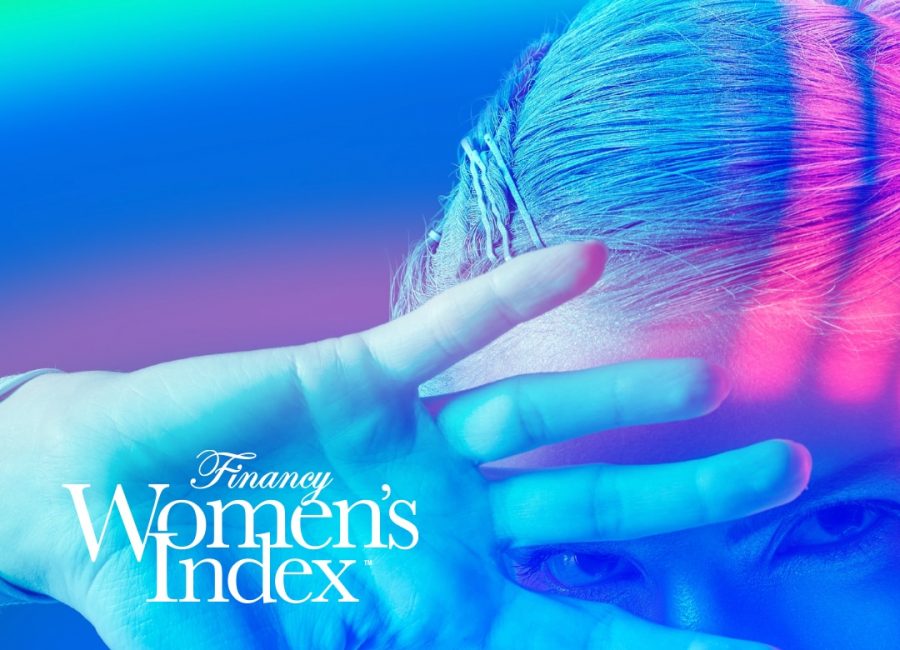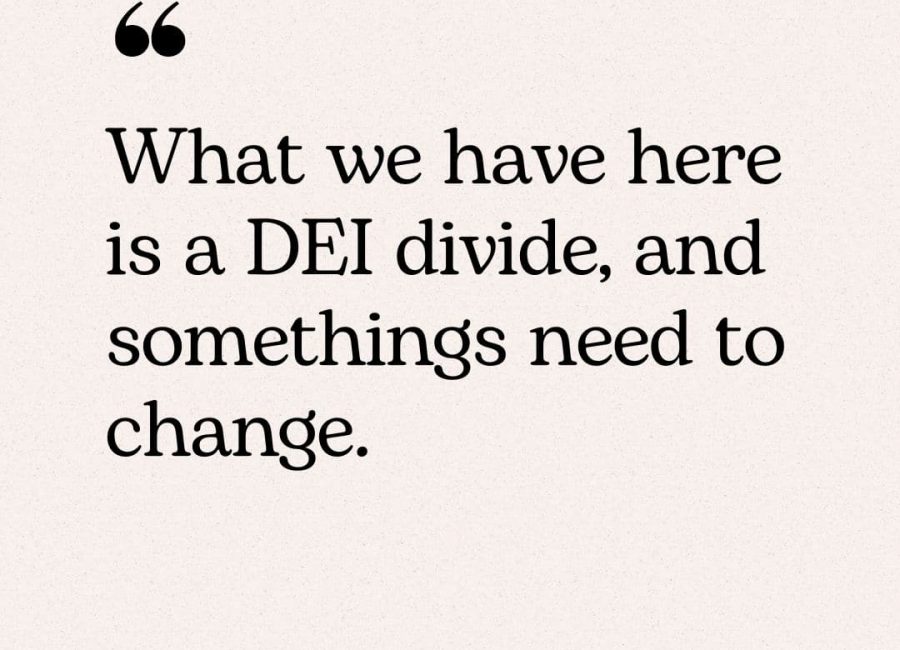Regression in the gender pay gap and stronger male employment growth over female in the June quarter has stifled a rebound in Australia’s progress to gender equality, the latest Financy Women’s Index shows.
The Financy Women’s Index (FWX) rose by 0.5 points to 72.9 points in the June quarter, from 72.5 points in March helped by a small increase in the number of women joining ASX 200 boards and a narrowing of the gap between males and females in the underemployment rate.
But the FWX is yet to recover to where it was at the end of 2021 (73.2 points in December) and in annual terms, the FWX is 0.3 points lower than where it was in June 2021 (73.3 points).
It’s great that we are seeing an overall pick up in women’s financial progress and gender equality outcomes, but we need momentum, and not regression in the gender pay gap, if we are to claw our way back from the disruptions of the pandemic.
Holding back economic gender equality in the June quarter has been a worsening gender pay gap which widened to 14.1% in May, based on the latest Average Weekly Wages data released by the Australian Bureau of Statistics on Thursday.
The gender divide also widened in employment with the number of monthly hours worked by men up by 2.8% in June compared to 1.3% for women.
“The Financy Women’s Index has shown welcome progress in the June quarter but is still down from its 2020 high and there remains a long way to go before women achieve economic equality with men,” said Dr Shane Oliver Chief Economist AMP Capital.
“The pandemic showed a path forward in enabling more flexible working, but it also had a darker side in seeing many women take on more of the tasks around the family and home. The key is to build on the positives and keep the momentum to improvement going.”
In terms of timeframes to economic gender equality, we are now closer to achieving gender equality in ASX 200 board leadership than we are for any other FWX indicator.
The FWX ASX Leadership sub-index improved to 6.2 years from 6.4 years based on the rate of annual growth over the past decade. But the pace of progress towards gender equality in leadership continues to slow and because of this, it is questionable if we will even achieve equality before 2030 in this area.
A widening Gender Pay Gap in May resulted in the timeframe to equality in this area increasing to 23.4 years from 22.7 last quarter.
The worst performing area of the FWX remains Unpaid Work, which stands
at 59 years based on the most recent data update in the March quarter. This timeframe is about double that seen in Employment, where the years to equality fell to 26 years in June, from 26.3 in the previous quarter.
Superannuation has a similar timeframe to equality at 26.8 years, which is down by 6 years (33) after an improvement in the underlying gender gap at the start of 2022.
The time to equality in Underemployment worsened to 16.3 years from 15 years in the March quarter and has been affected by recent volatility during the past two years relating to the pandemic.
“We’re decades away from equality. And that makes me frustrated and fired up! For others feeling this same way, let these statistics be a catalyst behind driving action,” said Dr. Lili Sussman Chief Strategy Officer Wisr.
“Employers should be re-evaluating how equal their processes really are. From recruitment onwards, Wisr’s processes encourage systemic change, eradicating the traditional aspects of the recruitment, promotional and remuneration processes that have kept marginalised people from excelling.”
The Coronavirus pandemic is largely to blame for disrupting a decade of positive momentum in gender equality progress in Australia, particularly when it comes to employment and wages.
Since March 2012, the FWX headline score had been increasing with each passing year and progress started to hit its strides from December 2017, when the FWX recorded quarter-on-quarter sustained growth helped by improved gender gaps in employment, wages, leadership, unpaid work
and superannuation.
But in December 2020 the impact of the pandemic became most apparent with the Women’s Index suffering its first quarterly drop in sometime and most significant fall of 3 points on record. The FWX fell to 72 points in December 2020, from 75 points in September 2020.
Financy is a fearless believer in economic equality, which uses data insights to accelerate progress and support organisational efforts in diversity, equity & inclusion.













